Are your eyes feeling tired, strained, or not as sharp as they used to be? With today’s screen-heavy lifestyles, it’s no surprise that vision issues are on the rise. But did you know that certain medicinal leaves can naturally support eye health?
Packed with vitamin A, antioxidants, and anti-inflammatory compounds, these powerful leaves help improve eyesight, prevent eye diseases, and protect against vision decline.
Let’s explore the best leaves for eye health, their benefits, and how to use them for stronger, clearer vision.
Best Leaves for Eye Health and Sharper Vision
These leaves contain nutrients that nourish the eyes, reduce inflammation, and protect against conditions like cataracts, dry eyes, and age-related vision loss.
1. Moringa Leaves: The Vision-Boosting Superleaf
Moringa is known as the “Miracle Tree,” and for a good reason. These leaves are rich in vitamin A, lutein, and zeaxanthin, which protect the retina from oxidative damage.
A study published in The Journal of Food Science and Technology found that moringa contains seven times more vitamin A than carrots, making it a powerful ally for better vision.
How to Use:
- Tea: Steep 1 teaspoon of dried moringa leaves in hot water for 5–10 minutes and drink daily.
- Powder: Add ½ teaspoon of moringa powder to smoothies or juices.
- Fresh Leaves: Use fresh moringa leaves in salads for a natural vitamin A boost.
Best For:
Preventing night blindness, improving overall eye health, and reducing oxidative stress.
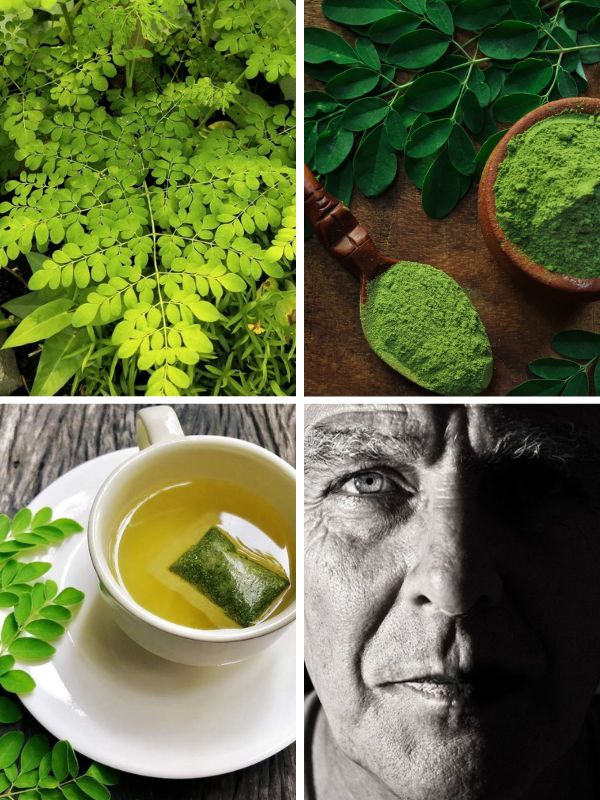
2. Curry Leaves: The Ayurvedic Remedy for Clear Vision
Curry leaves are packed with beta-carotene, vitamin C, and antioxidants, making them excellent for preventing cataracts and dry eyes.
These leaves also contain iron and folic acid, which improve blood circulation to the eyes, ensuring proper oxygen and nutrient delivery.
How to Use:
- Eat raw: Chew 5–7 fresh curry leaves every morning for the best results.
- Tea: Boil 10 curry leaves in a cup of water, strain, and drink daily.
- Powder: Add curry leaf powder to soups or smoothies.
Best For:
Preventing cataracts, improving blood flow to the eyes, and reducing oxidative damage.

3. Mint Leaves: The Refreshing Cure for Eye Strain
Spending too much time staring at screens? Mint leaves contain vitamin A and menthol, which help relax eye muscles, reduce strain, and soothe dryness.
Studies suggest mint’s cooling properties can reduce inflammation and refresh tired eyes.
How to Use:
- Mint water: Soak fresh mint leaves in water overnight and use it as an eye rinse in the morning.
- Tea: Brew fresh mint leaves and drink for a refreshing boost.
- Compress: Soak a cotton pad in mint tea and place it over closed eyelids to reduce puffiness and eye fatigue.
Best For:
Relieving digital eye strain, soothing dry eyes, and refreshing tired vision.
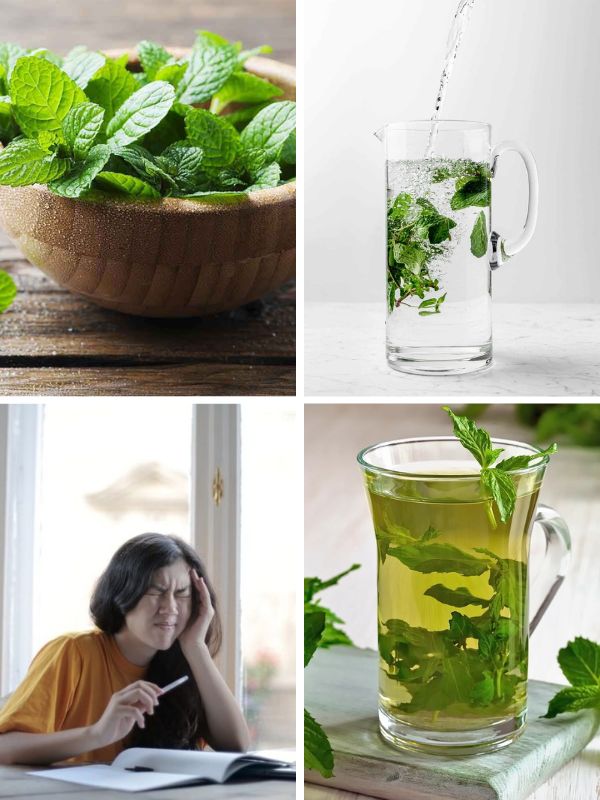
4. Basil Leaves: Nature’s Shield Against Eye Infections
Basil (Tulsi) is loaded with anti-inflammatory and antimicrobial properties, making it great for treating eye infections, redness, and irritation. It contains lutein and zeaxanthin, essential for filtering blue light and reducing eye damage.
How to Use:
- Basil tea: Steep 5–6 basil leaves in hot water and drink daily.
- Eyewash: Cool the tea and use it to rinse your eyes for relief from the redness.
- Fresh leaves: Chew a few fresh basil leaves in the morning for overall eye protection.
Best For:
Preventing eye infections, soothing redness, and protecting against blue light damage.

5. Ginkgo Biloba Leaves: The Memory and Vision Booster
Ginkgo Biloba is famous for improving blood circulation, including the optic nerve and retina. Studies published in Ophthalmology suggest that Ginkgo may slow the progression of glaucoma and age-related macular degeneration (AMD).
How to Use:
- Tea: Brew 1 teaspoon of dried Ginkgo leaves in a cup of hot water and drink daily.
- Extract: Take Ginkgo supplements as recommended.
- Powder: Add ½ teaspoon of Ginkgo powder to juices or smoothies.
Best For:
Enhancing blood circulation, protecting against glaucoma, and improving focus and vision.

6. Neem Leaves: The Detoxifying Remedy for Healthy Eyes
Neem leaves have antibacterial and antifungal properties, making them excellent for treating eye infections, allergies, and inflammation. They also help prevent oxidative stress and support overall eye health.
How to Use:
- Tea: Steep 5 neem leaves in water and drink daily.
- Eyewash: Boil neem leaves, let the water cool, and use it to rinse your eyes.
- Powder: Mix neem powder with honey and consume once a day.
Best For:
Preventing infections, detoxifying the eyes, and reducing irritation.
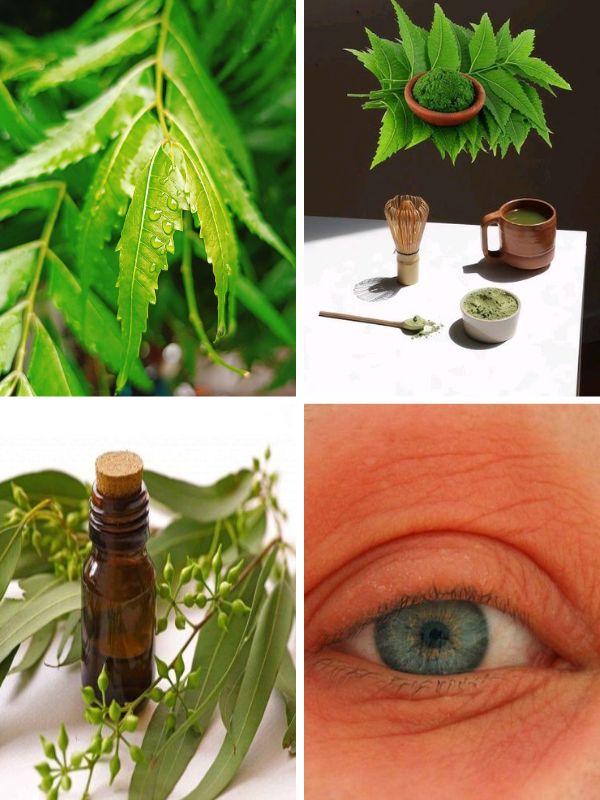
7. Aloe Vera Leaves: The Hydration Hero for Dry Eyes
Aloe vera is not just for the skin; it’s also beneficial for eye hydration and reducing irritation. It contains polysaccharides that help moisturize dry eyes and prevent redness.
How to Use:
- Juice: Drink 2 tablespoons of fresh aloe vera juice daily for hydration.
- Eye mask: Apply chilled aloe vera gel around the eyes to soothe dryness.
Best For:
Relieving dry eyes, reducing irritation, and hydrating eye tissues.
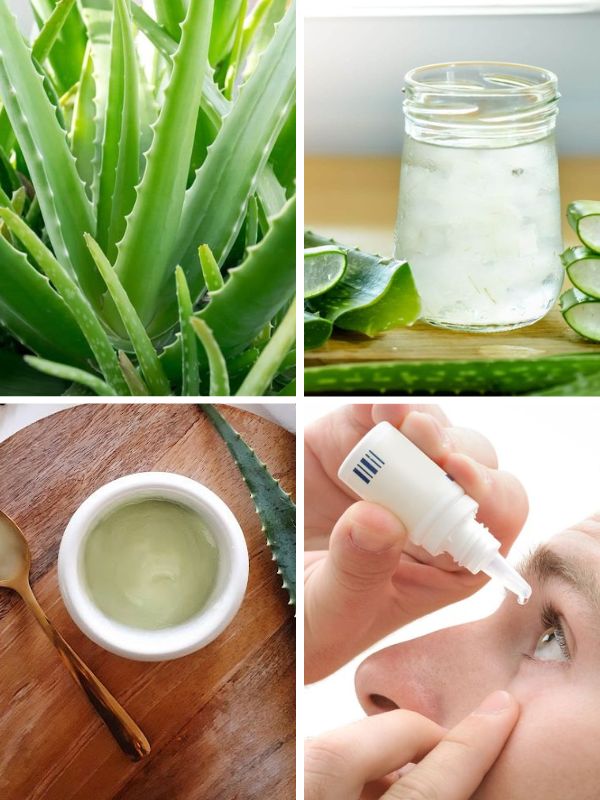
Cautions and Precautions
If you have allergies to herbal plants, test small amounts before regular use. Pregnant or breastfeeding women should consult a doctor before using herbal teas or extracts.
Overuse of some leaves, like neem or ginkgo biloba, can cause side effects. Stick to recommended doses. Eyewashes should always be prepared with purified water to avoid infections.
Disclaimer
This article is for informational purposes only and should not be considered medical advice. Always consult a healthcare professional before using herbal remedies, especially if you have existing health conditions.
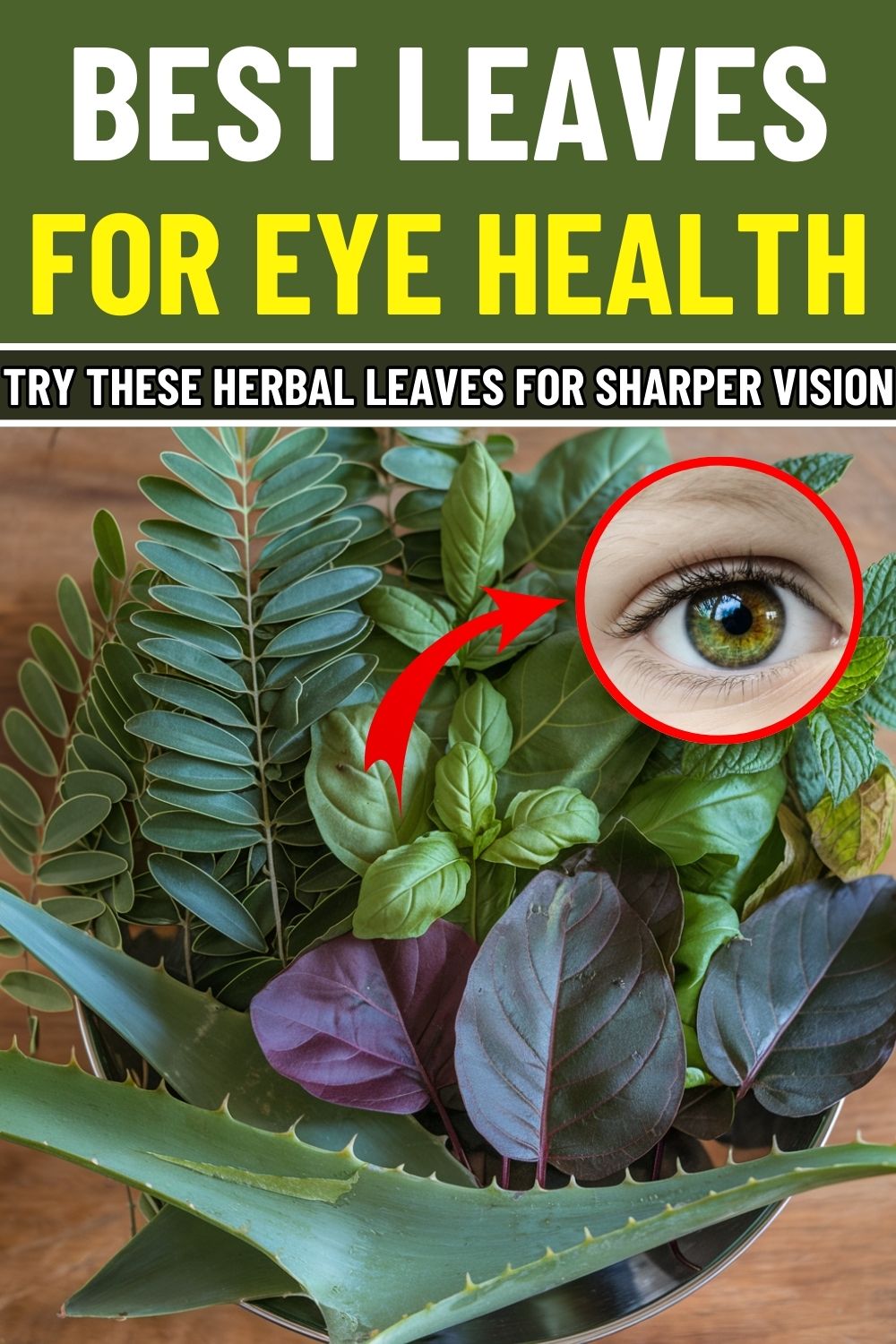
Essential Leaves for Eye Health: Nature’s Secret to Sharper Vision
